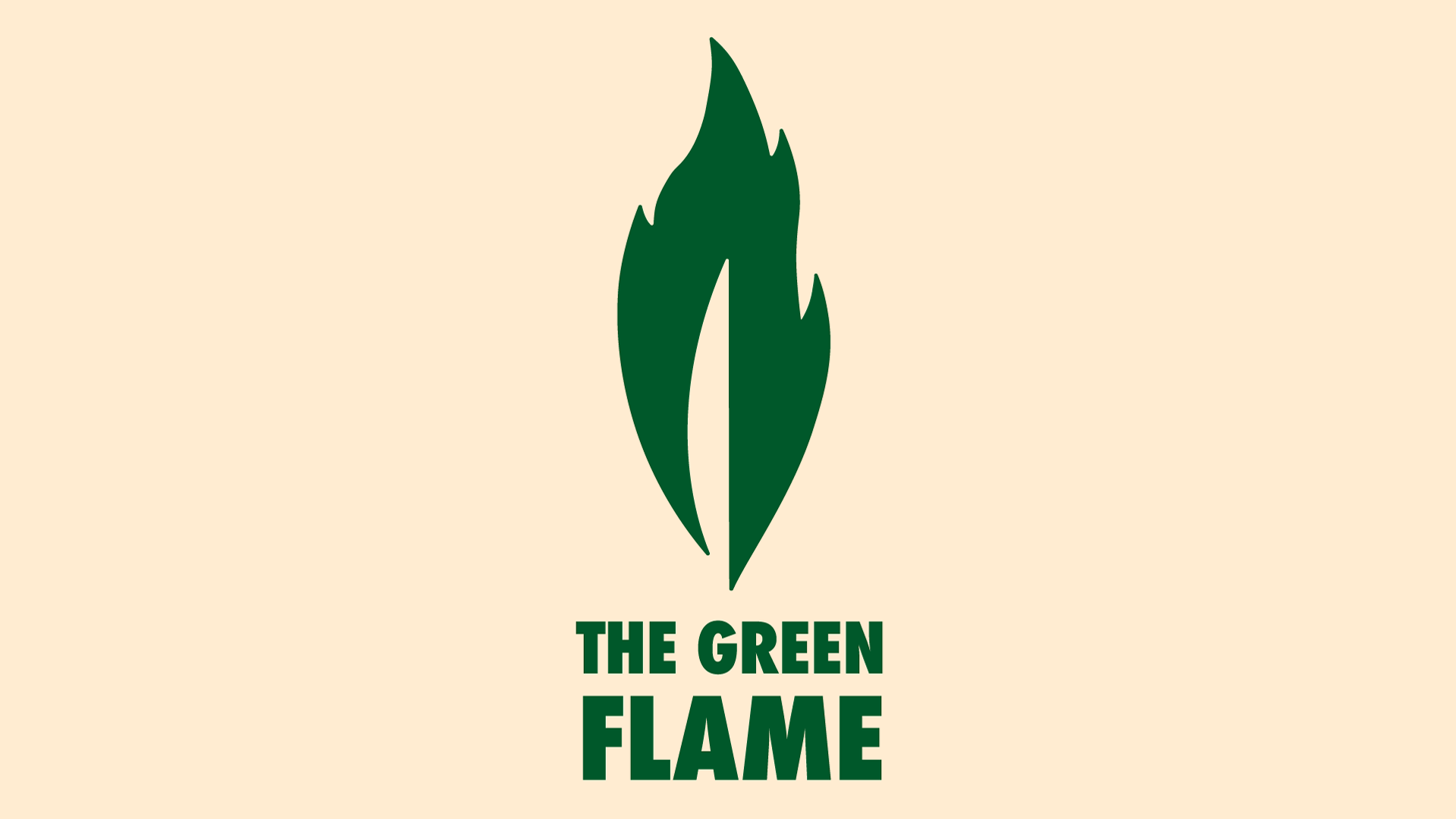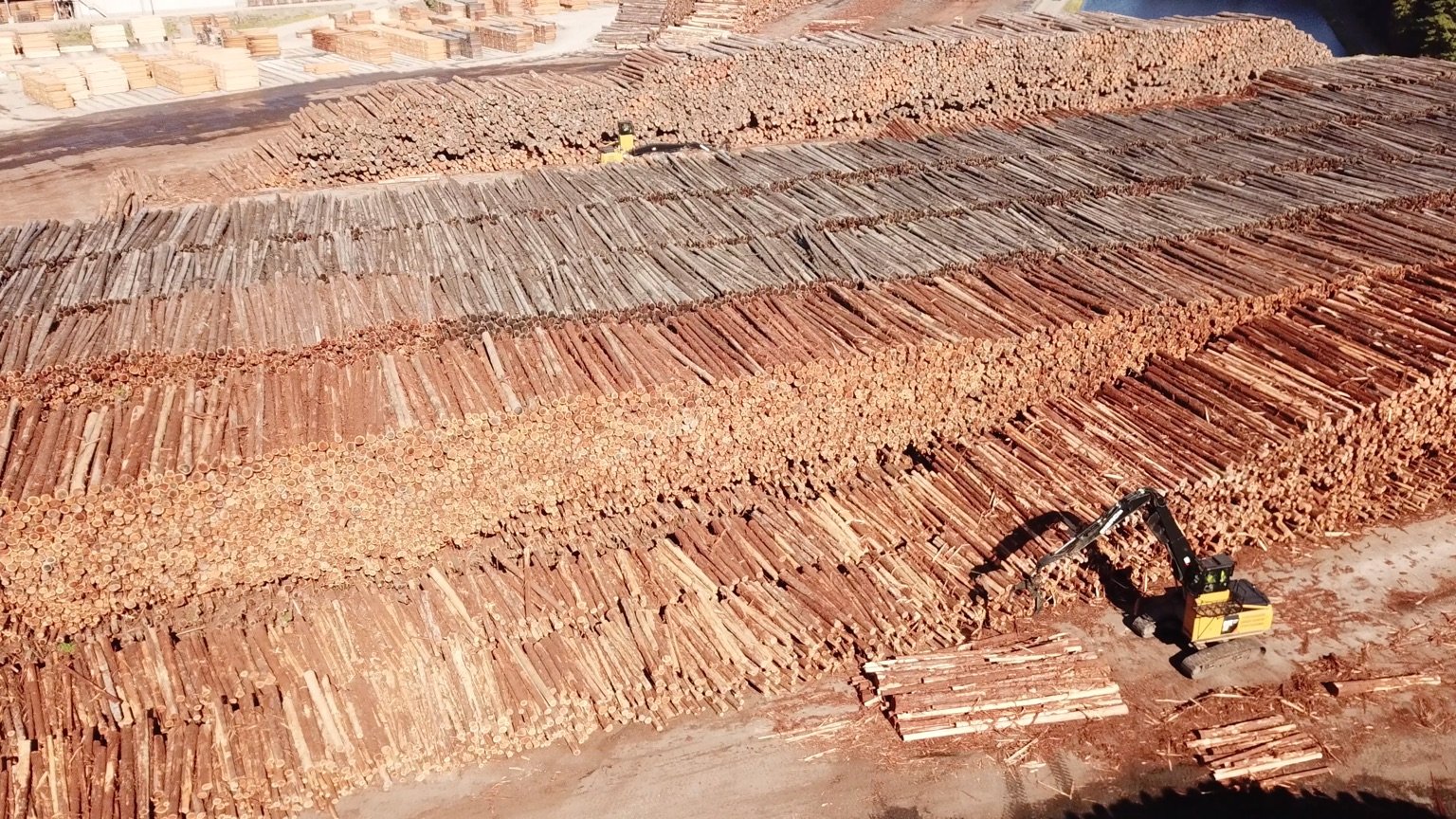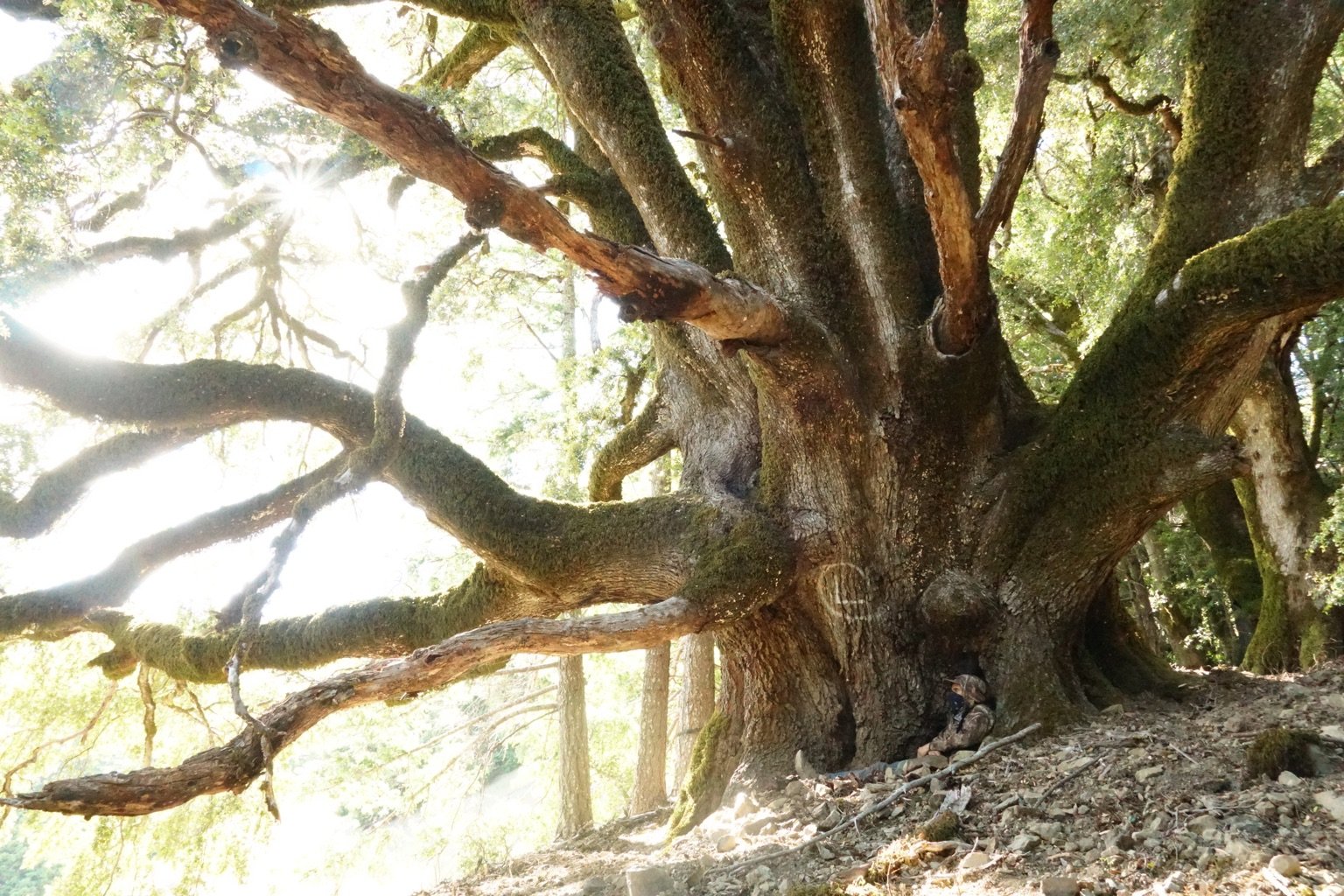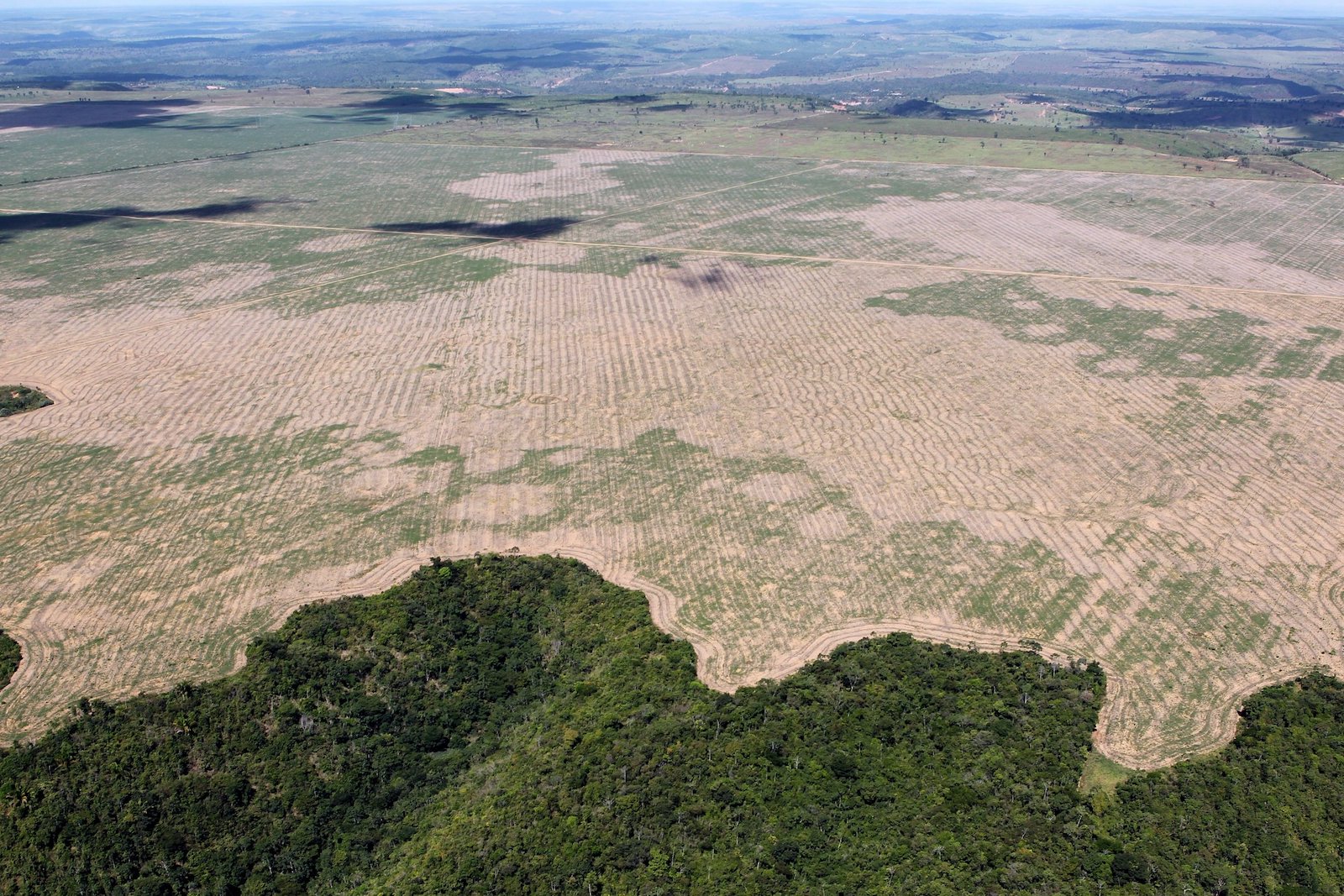
by DGR News Service | Jul 22, 2020 | Agriculture, Biodiversity & Habitat Destruction
Deforestation rate climbs higher as Amazon moves into the burning season
10 July 2020
- Deforestation in the Brazilian Amazon climbed higher for the fifteenth straight month, reaching levels not seen since the mid-2000s, according to data released today by Brazil’s national space research institute INPE.
- INPE’s satellite-based deforestation alert system detected 1,034 square kilometers of forest clearing during June 2020 bringing the twelve-month total to 9,564 sq km, 89% higher than a year ago.
- The extent of deforestation over the past year is the highest on record since INPE started releasing monthly numbers in 2007.
- The 12-month deforestation rate has risen 96% since President Jair Bolsonaro took office in January 2019.
Deforestation in the Brazilian Amazon climbed higher for the fifteenth straight month, reaching levels not seen since the mid-2000s, according to data released today by Brazil’s national space research institute INPE. The news comes as the region moves into the dry season, when deforestation and forest fires typically accelerate.
INPE’s satellite-based deforestation alert system detected 1,034 square kilometers of forest clearing during June 2020 bringing the twelve-month total to 9,564 sq km, 89% higher than a year ago. The extent of deforestation over the past year is the highest recorded since INPE started releasing monthly numbers in 2007.
The 12-month deforestation rate has risen 96% since President Jair Bolsonaro took office in January 2019.
Under pressure from big companies and the E.U. over rising deforestation and fire risk in the Amazon, the Bolsonaro Administration on Wednesday decreed a 120-day ban on fires in the Amazon. The administration had already deployed the army to the region to try to rein in burning, but fires are already well underway despite it being early in the dry season, according to analysis of satellite data by Amazon Conservation’s MAAP project.
MAAP found there are have been 14 major fires in the Amazon this year through July 2nd. MAAP’s analysis excludes fires in pasture and scrub lands, providing a clearer picture on fires associated with recent deforestation and in existing forest.
Deforestation has been trending upward in the Brazilian Amazon since 2012, but the rate of loss has dramatically accelerated over the past year-and-a-half as the Bolsonaro Administration has relaxed law enforcement, stripped conservation areas and indigenous lands of protection, promoted mining and industrial forest conversion, and tried to pass policies weakening environmental safeguards in the region.
Scientists have warned that the Amazon rainforest may be approaching a tipping point where the forest shifts toward a drier, savanna-like ecosystem. Such a transition could have significant and sustained impacts on local and regional rainfall patterns, while triggering the release of vast amounts of carbon into the atmosphere.
Published on the 10th July 2020, you can read the original and full article, with associated graphs and images here:
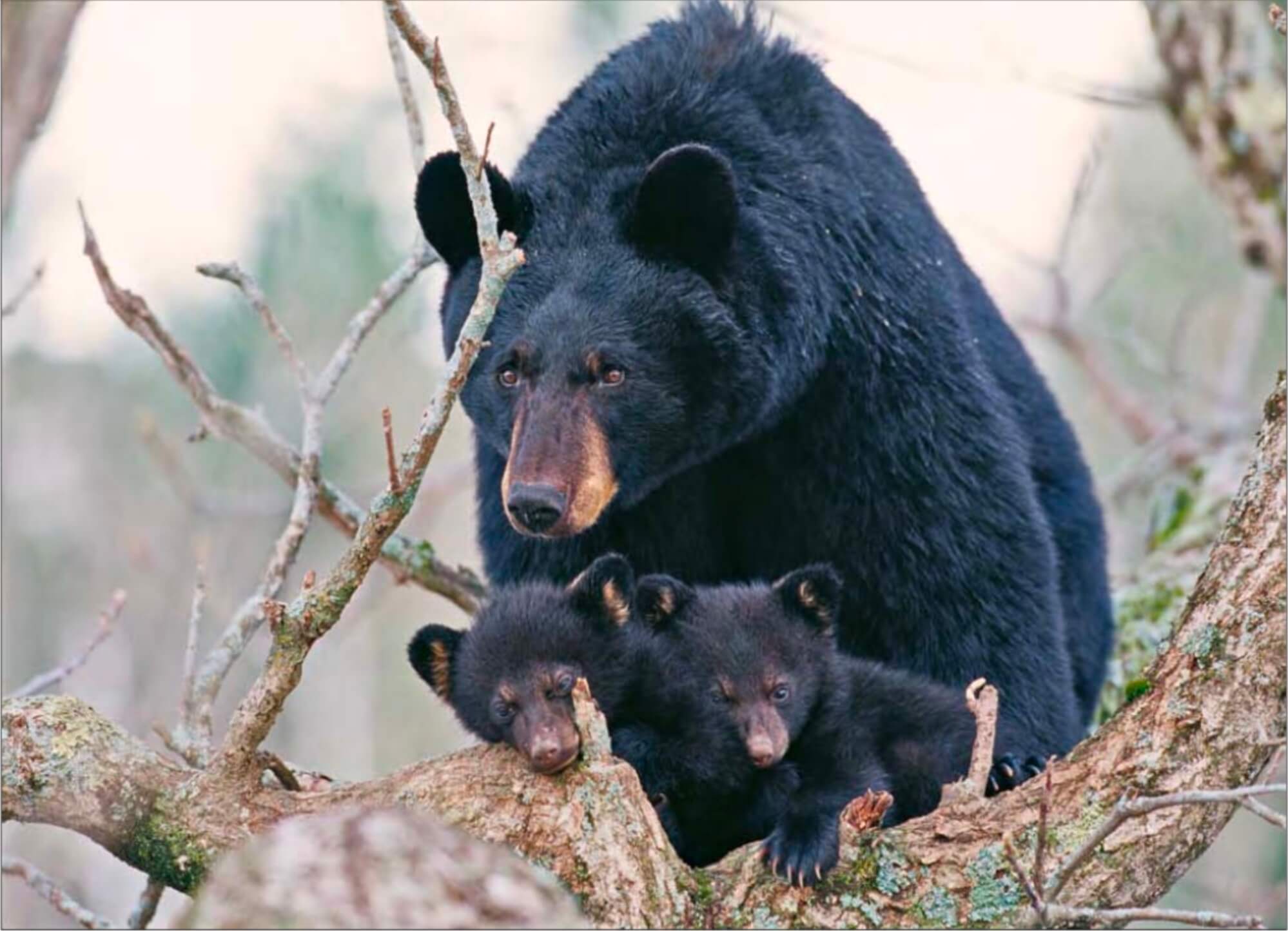
by DGR News Service | May 22, 2020 | Biodiversity & Habitat Destruction
Grassroots activist Suzanna Jones challenges the idea that green energy is good and rebukes the corporations and ideologically-captured organizations who promote it.
By Suzanna Jones
The recently released documentary Planet of the Humans takes direct aim at the major threat to the Earth.
It does this by asking fundamental questions: can Nature withstand continued industrial extraction; can humans – particularly those in the dominant West – persist in taxing the natural world to fulfill our own ‘needs’ and desires; is ‘green’ energy the savior for our climatic and environmental problems or is it a false prophet distracting us from confronting the gargantuan elephant in the room, what writer Wendell Berry calls “history’s most destructive economy”?
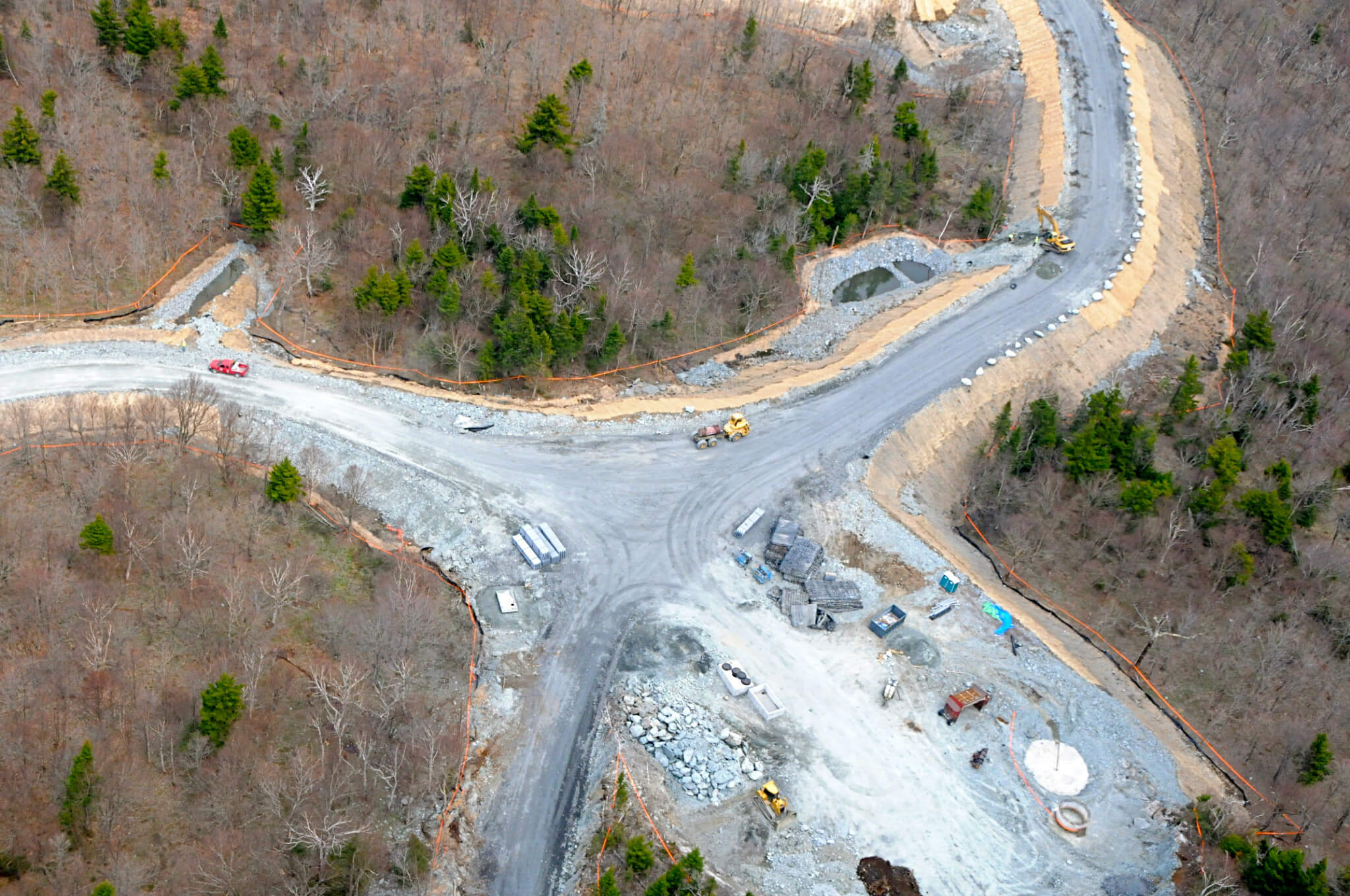
New roads built for the Lowell Wind Energy site in Vermont destroy and fragment important wildlife habitat for black bears, moose, and bobcat among others.
The Hypocrisy of Mainstream “Environmentalism”
Filmmakers Jeff Gibbs, Ozzie Zehner and Michael Moore don’t just ask questions, they highlight the hypocrisies of big shots like Al Gore and the national Sierra Club. Even Vermont comes in for less than flattering commentary. Planet of the Humans depicts Green Mountain Power‘s ridge-destroying Lowell Mountain industrial wind project, Burlington’s McNeil wood-burning electric generating plant, and Middlebury College’s biomass gasification facility as examples of the renewable energy delusion. And Bill McKibben, Middlebury’s Scholar-in-Residence, is cast as a string that connects all three.
The film has struck a nerve. Those depicted unfavorably have reacted. Some who admit to having enjoyed Michael Moore’s filmmaking strategy in the past don’t find him so funny this time. The criticisms reveal how much power and money lie behind the renewables-as-savior myth. With so much at stake, the industry and big environmental organizations have little appetite for discussing or even acknowledging the unsavory side of the technologies. And ultimately, the core issues remain unaddressed; the most important things remain unspoken.
Sustaining the Planet vs. Sustaining Industrial Civilization
Frankly, the green energy ‘movement’ is really about sustaining our way of life and the economic system that it depends upon, not the health of the biosphere. Capitalism is brilliant at co-opting anything that resists it. Green energy – like much of the broader environmental movement – is no exception. It’s business-as-usual in camouflage.
Back when Green Mountain Power’s bulldozing and blasting began at Lowell Mountain, a group of locals organized ‘open-house’ walks up the mountain to view the devastation. Hundreds attended these fall/winter treks. Shock and heartbreak were the usual response. Bill McKibben was personally invited to attend. Though his response was polite, he would not be coming. He dismissed our concern for the mountain as “ephemeral.”
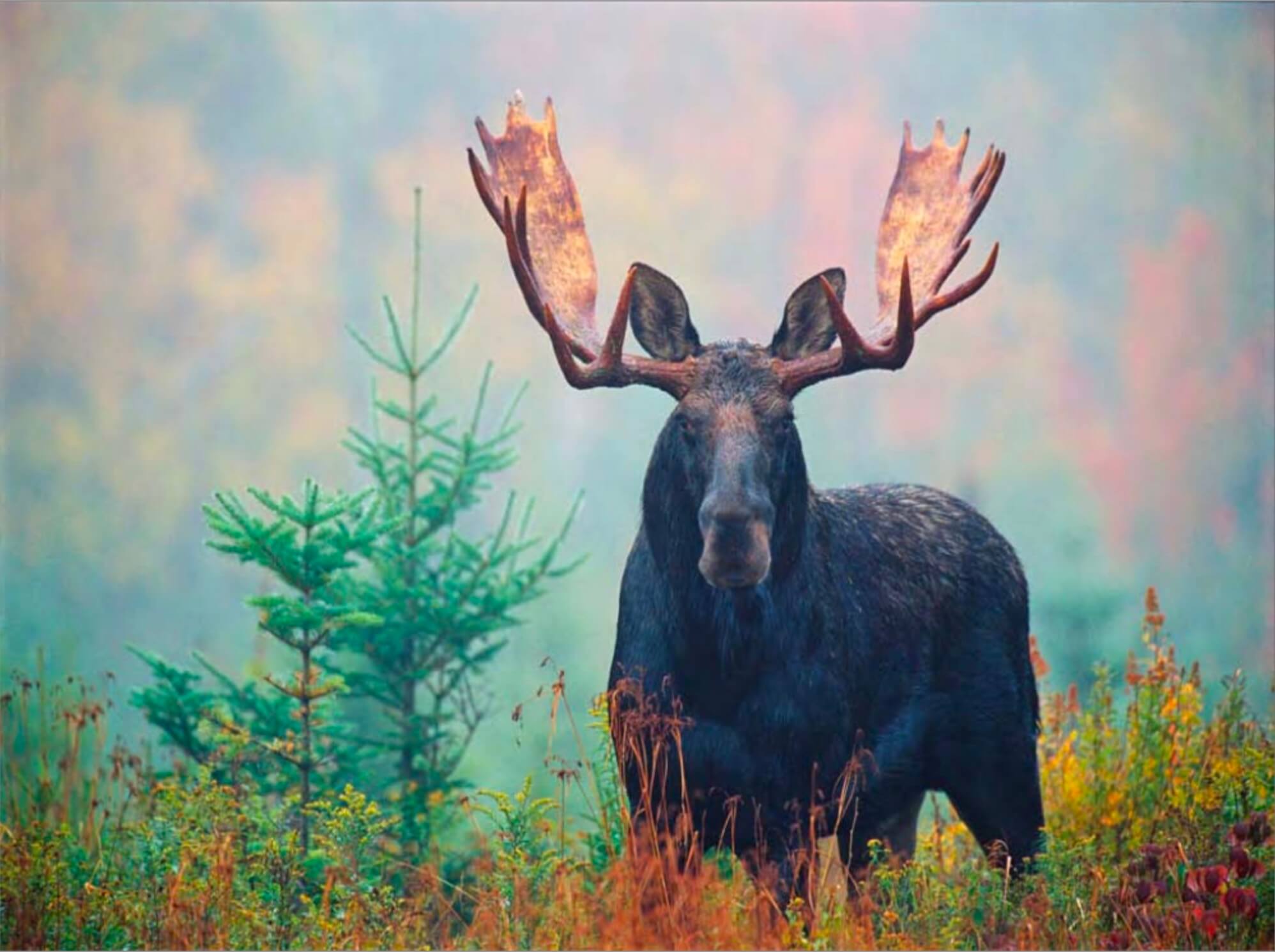
Ephemeral?
That word underscores what has gone so terribly wrong with green energy “environmentalism.” Something is absent. That something? Love. Love of the places and living beings that are suffering or being destroyed so that we can live our electronic, nature-less existence. Affection for the natural, non- human world is missing in the discussions about climate, carbon and techno-fixes. Nothing seems to matter now but humans and their desires.
“Although it’s morally wrong to destroy the land community, people are going to sustain it, not because it’s morally right but because they want to; affection is going to be the determining motive”, Wendell Berry has explained in the past. “Economic constraints might cancel out affection, but genuine affection is going to be the motivating cause.”
The Moral Basis of Organizing for Justice
Without affection, we’re more likely to thoughtlessly sacrifice living beings on the altar of economics. When the film reveals who is paying the ultimate price for our ‘green’ energy consumption, we recognize affection for the casualty it has become. We are half-asleep, anesthetized by the barrage of meaningless marketing, with its hollow premise that we can continue to consume our way to happiness.
As I was planting in the garden this warm, spring day, the returning swallows joyfully zipping overhead made me stop. Usually this ritual is accompanied by the background droning of distant car traffic, but due to the pandemic, the infernal engines were silent. It made me wonder. Can we live in healthy reciprocity with the natural world? Can we make the shared economic sacrifices that are necessary or will we continue to sacrifice Nature? Can we make drastic reductions in consumption and live more local, less materially prosperous, more fulfilling lives? Can we replace modernity’s painful alienation from Nature with a genuine sense of intimacy, affection, meaning and responsibility? Will those in power let us? Will we allow them to decide for us?
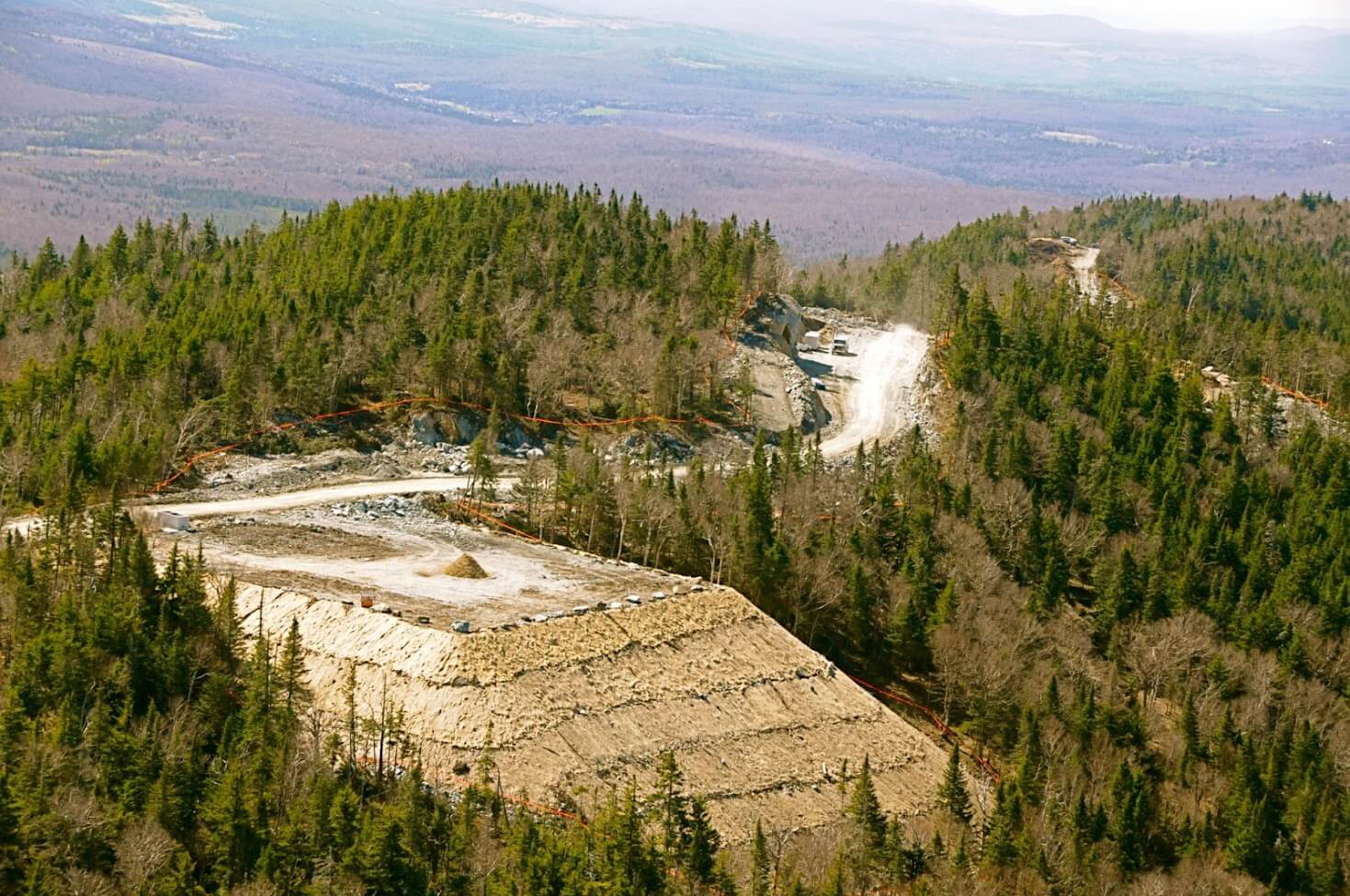
On of 21 wind turbine pads at Lowell Wind Project in Vermont.
Our way of life is inherently unsustainable. We can’t buy or build our way out of this one. Yes, the climate crisis is both undeniable and existential, but it is not the only way the Earth is being destroyed. Simply changing the fuel that powers our destructive, planet-killing system is not a solution.
Planet of the Humans challenges our assumptions and our arrogance. It asks us to face what we have done, experience the grief, and then allow our hearts to consider an entirely new path into the future.
Suzanna Jones lives off grid on a small farm in Northern Vermont. She has been fighting injustice, destruction of the land, and industrial wind projects for decades and has been arrested several times.
Wildlife images by Roger Irwin depict native wildlife near the site of a proposed wind energy facility on Seneca Mountain. That project was canceled due to community organizing in opposition. Aerial photographs by Steve Wright depict Lowell Wind Energy Facility. Check out this photo essay on the impact of “green” energy on mountain landscapes.
To repost this, or any other original DGR content, please contact newsservice@deepgreenresistance.org
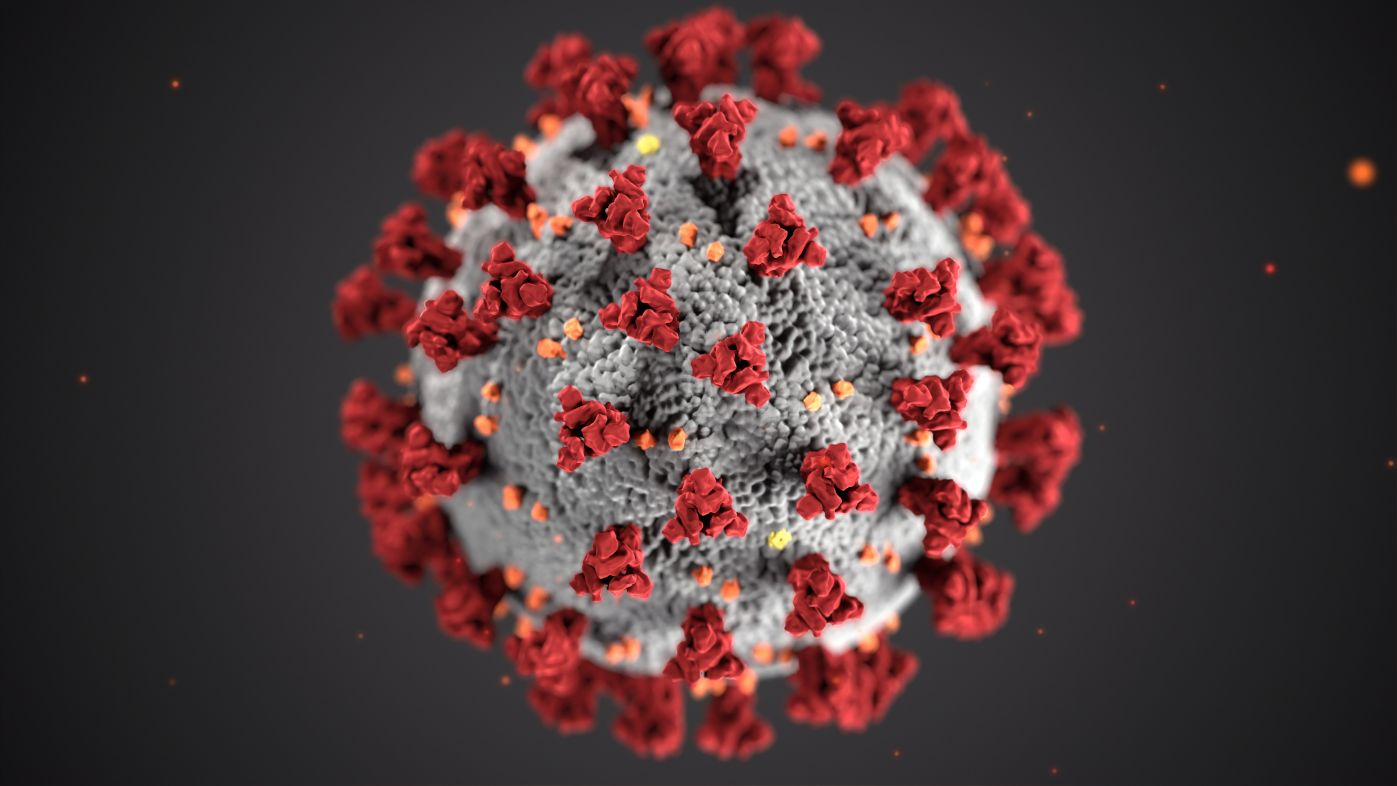
by DGR News Service | Mar 18, 2020 | Agriculture, Biodiversity & Habitat Destruction, The Problem: Civilization
Editor’s note: This article, first published at Marx21, dives into the origin and epidemiology of the CoViD-19 virus with a socialist biologist. While it does not represent an official Deep Green Resistance perspective, it does include valuable factual information—including the essential analysis that CoViD is a “disease of civilization.” For further reading on this topic, see “Civilization Makes Us Sick” and “The Ecology of Disease.” Republished with permission.
The coronavirus is keeping the world in a state of shock. But instead of fighting the structural causes of the pandemic, the government is focusing on emergency measures. A talk with Rob Wallace (Evolutionary Biologist) about the dangers of CoViD-19, the responsibility of agribusiness and sustainable solutions to combat infectious diseases.

Rob Wallace is an evolutionary biologist and phylogeographer for public health in the USA. He has been working for twenty-five years on various aspects of new pandemics and is the author of the book “Big Farms Make Big Flu”.
How dangerous is the new coronavirus?
Rob Wallace: It depends on where you are in the timing of your local outbreak of Covid-19: early, peak level, late? How good is your region’s public health response? What are your demographics? How old are you? Are you immunologically compromised? What is your underlying health? To ask an undiagnosable possibility, do your immuogenetics, the genetics underlying your immune response, line up with the virus or not?
So all this fuss about the virus is just scare tactics?
No, certainly not. At the population level, Covid-19 was clocking in at between 2 and 4% case fatality ratio or CFR at the start of the outbreak in Wuhan. Outside Wuhan, the CFR appears to drop off to more like 1% and even less, but also appears to spike in spots here and there, including in places in Italy and the United States.. Its range doesn’t seem much in comparison to, say, SARS at 10%, the influenza of1918 5-20%, »avian influenza« H5N1 60%, or at some points Ebola 90%. But it certainly exceeds seasonal influenza’s 0.1% CFR. The danger isn’t just a matter of the death rate, however. We have to grapple with what’s called penetrance or community attack rate: how much of the global population is penetrated by the outbreak.
Can you be more specific?
The global travel network is at record connectivity. With no vaccines or specific antivirals for coronaviruses, nor at this point any herd immunity to the virus, even a strain at only 1% mortality can present a considerable danger. With an incubation period of up to two weeks and increasing evidence of some transmission before sickness–before we know people are infected–few places would likely be free of infection. If, say, Covid-19 registers 1% fatality in the course of infecting four billion people, that’s 40 million dead. A small proportion of a large number can still be a large number.
These are frightening numbers for an ostensibly less than virulent pathogen…
Definitely and we are only at the beginning of the outbreak. It’s important to understand that many new infections change over the course of epidemics. Infectivity, virulence, or both may attenuate. On the other hand, other outbreaks ramp up in virulence. The first wave of the influenza pandemic in the spring of 1918 was a relatively mild infection. It was the second and third waves that winter and into 1919 that killed millions.
But pandemic skeptics argue that far fewer patients have been infected and killed by the coronavirus than by the typical seasonal flu. What do you think about that?
I would be the first to celebrate if this outbreak proves a dud. But these efforts to dismiss Covid-19 as a possible danger by citing other deadly diseases, especially influenza, is a rhetorical device to spin concern about the coronavirus as badly placed.
So the comparison with seasonal flu is limping …
It makes little sense to compare two pathogens on different parts of their epicurves. Yes, seasonal influenza infects many millions worldwide each other, killing, by WHO estimates, up to 650,000 people a year. Covid-19, however, is only starting its epidemiological journey. And unlike influenza, we have neither vaccine, nor herd immunity to slow infection and protect the most vulnerable populations.
Even if the comparison is misleading, both diseases belong to viruses, even to a specific group, the RNA viruses. Both can cause disease. Both affect the mouth and throat area and sometimes also the lungs. Both are quite contagious.
Those are superficial similarities that miss a critical part in comparing two pathogens. We know a lot about influenza’s dynamics. We know very little about Covid-19’s. They’re steeped in unknowns. Indeed, there is much about Covid-19 that is even unknowable until the outbreak plays out fully. At the same time, it is important to understand that it isn’t a matter of Covid-19 versus influenza. It’s Covid-19 and influenza. The emergence of multiple infections capable of going pandemic, attacking populations in combos, should be the front and center worry.
You have been researching epidemics and their causes for several years. In your book »Big Farms Make Big Flu« you attempt to draw these connections between industrial farming practices, organic farming and viral epidemiology. What are your insights?
The real danger of each new outbreak is the failure –or better put—the expedient refusal to grasp that each new Covid-19 is no isolated incident. The increased occurrence of viruses is closely linked to food production and the profitability of multinational corporations. Anyone who aims to understand why viruses are becoming more dangerous must investigate the industrial model of agriculture and, more specifically, livestock production. At present, few governments, and few scientists, are prepared to do so. Quite the contrary.
When the new outbreaks spring up, governments, the media, and even most of the medical establishment are so focused on each separate emergency that they dismiss the structural causes that are driving multiple marginalized pathogens into sudden global celebrity, one after the other.
Who is to blame?
I said industrial agriculture, but there’s a larger scope to it. Capital is spearheading land grabs into the last of primary forest and smallholder-held farmland worldwide. These investments drive the deforestation and development leading to disease emergence. The functional diversity and complexity these huge tracts of land represent are being streamlined in such a way that previously boxed-in pathogens are spilling over into local livestock and human communities. In short, capital centers, places such as London, New York, and Hong Kong, should be considered our primary disease hotspots.
For which diseases is this the case?
There are no capital-free pathogens at this point. Even the most remote are affected, if distally. Ebola, Zika, the coronaviruses, yellow fever again, a variety of avian influenzas, and African swine fever in hog are among the many pathogens making their way out of the most remote hinterlands into peri-urban loops, regional capitals, and ultimately onto the global travel network. From fruit bats in the Congo to killing Miami sunbathers in a few weeks‘ time.
What is the role of multinational companies in this process?
Planet Earth is largely Planet Farm at this point, in both biomass and land used. Agribusiness is aiming to corner the food market. The near-entirety of the neoliberal project is organized around supporting efforts by companies based in the in the more advanced industrialised countries to steal the land and resources of weaker countries. As a result, many of those new pathogens previously held in check by long-evolved forest ecologies are being sprung free, threatening the whole world.
What effects do the production methods of agribusinesses have on this?
The capital-led agriculture that replaces more natural ecologies offers the exact means by which pathogens can evolve the most virulent and infectious phenotypes. You couldn’t design a better system to breed deadly diseases.
How so?
Growing genetic monocultures of domestic animals removes whatever immune firebreaks may be available to slow down transmission. Larger population sizes and densities facilitate greater rates of transmission. Such crowded conditions depress immune response. High throughput, a part of any industrial production, provides a continually renewed supply of susceptibles, the fuel for the evolution of virulence. In other words, agribusiness is so focused on profits that selecting for a virus that might kill a billion people is treated as a worthy risk.
What!?
These companies can just externalize the costs of their epidemiologically dangerous operations on everyone else. From the animals themselves to consumers, farmworkers, local environments, and governments across jurisdictions. The damages are so extensive that if we were to return those costs onto company balance sheets, agribusiness as we know it would be ended forever. No company could support the costs of the damage it imposes.
In many media it is claimed that the starting point of the coronavirus was an »exotic food market« in Wuhan. Is this description true?
Yes and no. There are spatial clues in favor of the notion. Contact tracing linked infections back to the Hunan Wholesale Sea Food Market in Wuhan, where wild animals were sold. Environmental sampling does appear to pinpoint the west end of the market where wild animals were held.
But how far back and how widely should we investigate? When exactly did the emergency really begin? The focus on the market misses the origins of wild agriculture out in the hinterlands and its increasing capitalization. Globally, and in China, wild food is becoming more formalized as an economic sector. But its relationship with industrial agriculture extends beyond merely sharing the same moneybags. As industrial production–hog, poultry, and the like–expand into primary forest, it places pressure on wild food operators to dredge further into the forest for source populations, increasing the interface with, and spillover of, new pathogens, including Covid-19.
Covid-19 is not the first virus to develop in China that the government tried to cover it up.
Yes, but this is no Chinese exceptionalism, however. The U.S. and Europe have served as ground zeros for new influenzas as well, recently H5N2 and H5Nx, and their multinationals and neocolonial proxies drove the emergence of Ebola in West Africa and Zika in Brazil. U.S. public health officials covered for agribusiness during the H1N1 (2009) and H5N2 outbreaks.
The World Health Organization (WHO) has now declared a »health emergency of international concern«. Is this step correct?
Yes. The danger of such a pathogen is that health authorities do not have a handle on the statistical risk distribution. We have no idea how the pathogen may respond. We went from an outbreak in a market to infections splattered across the world in a matter of weeks. The pathogen could just burn out. That would be great. But we don’t know. Better preparation would better the odds of undercutting the pathogen’s escape velocity.
The WHO’s declaration is also part of what I call pandemic theater. International organizations have died in the face of inaction. The League of Nations comes to mind. The UN group of organizations is always worried about its relevance, power, and funding. But such actionism can also converge on the actual preparation and prevention the world needs to disrupt Covid-19’s chains of transmission.
The neoliberal restructuring of the health care system has worsened both the research and the general care of patients, for example in hospitals. What difference could a better funded healthcare system make to fight the virus?
There’s the terrible but telling story of the Miami medical device company employee who upon returning from China with flu-like symptoms did the righteous thing by his family and community and demanded a local hospital test him for Covid-19. He worried that his minimal Obamacare option wouldn’t cover the tests. He was right. He was suddenly on the hook for US$3270. An American demand might be an emergency order be passed that stipulates that during a pandemic outbreak, all outstanding medical bills related to testing for infection and for treatment following a positive test would be paid for by the federal government. We want to encourage people to seek help, after all, rather than hide away—and infect others—because they can’t afford treatment. The obvious solution is a national health service—fully staffed and equipped to handle such community-wide emergencies—so that such a ridiculous problem as discouraging community cooperation would never arise.
As soon as the virus is discovered in one country, governments everywhere react with authoritarian and punitive measures, such as a compulsory quarantine of entire areas of land and cities. Are such drastic measures justified?
Using an outbreak to beta-test the latest in autocratic control post-outbreak is disaster capitalism gone off the rails. In terms of public health, I would err on the side of trust and compassion, which are important epidemiological variables. Without either, jurisdictions lose their populations‘ support. A sense of solidarity and common respect is a critical part of eliciting the cooperation we need to survive such threats together. Self-quarantines with the proper support–check-ins by trained neighborhood brigades, food supply trucks going door-to-door, work release and unemployment insurance–can elicit that kind of cooperation, that we are all in this together.
As you may know, in Germany with the AfD we have a de facto Nazi party with 94 seats in parliament. The hard Nazi Right and other groups in association with AfD politicians use the Corona-Crisis for their agitation. They spread (false) reports about the virus and demand more authoritarian measures from the government: Restrict flights and entry stops for migrants, border closures and forced quarantine …
Travel bans and border closures are demands with which the radical right wants to to racialize what are now global diseases. This is, of course, nonsense. At this point, given the virus is already on its way to spreading everywhere, the sensible thing to do is to work on developing the kind of public health resilience in which it doesn’t matter who shows up with an infection, we have the means to treat and cure them. Of course, stop stealing people’s land abroad and driving the exoduses in the first place, and we can keep the pathogens from emerging in the first place.
What would be sustainable changes?
In order to reduce the emergence of new virus outbreaks, food production has to change radically. Farmer autonomy and a strong public sector can curb environmental ratchets and runaway infections. Introduce varieties of stock and crops—and strategic rewilding—at both the farm and regional levels. Permit food animals to reproduce on-site to pass on tested immunities. Connect just production with just circulation. Subsidize price supports and consumer purchasing programs supporting agroecological production. Defend these experiments from both the compulsions that neoliberal economics impose upon individuals and communities alike and the threat of capital-led State repression.
What should socialists call for in the face of the increasing dynamics of disease outbreaks?
Agribusiness as a mode of social reproduction must be ended for good if only as a matter of public health. Highly capitalized production of food depends on practices that endanger the entirety of humanity, in this case helping unleash a new deadly pandemic. We should demand food systems be socialized in such a way that pathogens this dangerous are kept from emerging in the first place. That will require reintegrating food production into the needs of rural communities first. That will require agroecological practices that protect the environment and farmers as they grow our food. Big picture, we must heal the metabolic rifts separating our ecologies from our economies. In short, we have a planet to win.
Thank you very much for the interview.
(The questions were asked by Yaak Pabst.)
